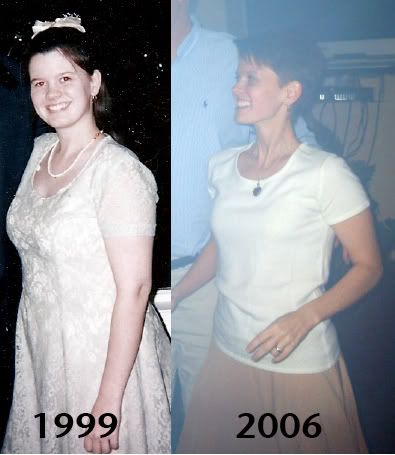Disclaimer: today’s post is a little preachy. I accept and acknowledge that. Carry on.
If you ask people what the most important things are to them, one of the top three is almost always health. And yet most of us compromise health for convenience or money on a daily basis.
I have had many conversations with people that go something like this:
me: blah blah no plastic blah blah Pyrex for food storage, stainless steel water bottle
other person: But (generic) Tupperware and plastic water bottles are so much cheaper! I can’t spend that much money!
I have to admit that this drives me a little bit bonky, for a few reasons.
1- In almost all cases, the problem isn’t money but allocation of money. These aren’t people who are deciding if they should buy a water bottle or pay their electric bill. Non-plastic goods don’t cost too much money — they cost too much relative to their perceived value. And Wal-mart and dollar stores have many people convinced that cheapest is always best, that there aren’t any considerations beyond the price tag.
2- How much is health and safety worth? I’m certainly not here to tell you that if you stop using plastics or stop eating non-organic or anything else that you are guaranteed to be healthy. There is never a guarantee. But I can tell you that there is more evidence every day that eating, drinking, storing, reheating, freezing things in plastics releases toxic chemicals into the food or drink, which you then consume. There is a price difference, but it’s really not that much. How much did you pay for whatever device you’re using to read this? How much do you pay each month for the connection? I’m not saying that you shouldn’t spend money on those things, just that what you spend on them is significantly more (for most people) than the difference in what you’d pay for non-plastics.
3- On other things, you already pay more. Take reusable shopping bags as an example. Lots of people use them (which I think is great!). Let’s say that plastic bags cost five cents each (since many stores will give you a 5-cent credit for using your own bag) and reusable bags cost $1. That’s 20 times more than just using the more-convenient-because-they’re-there plastic bags! Is this an argument for plastic bags? No. It’s an argument against “it’s too much more money relative to the easier option.” Yes, they pay for themselves over time. That’s the point.
An example: I ordered a stainless steel ice cube tray from amazon.com. It cost $30. We have two ice cube trays that came with our freezer. They’re free. But in the grand scheme of our budget, $30 is easy to work in. (It’s like the months we need to buy dog food, which is another occasional, $30 expense.) And I’m willing to pay more for something that, as far as I know, is a safer alternative. Additionally, I’m not going to need to replace it, so it’s a $30, one-time added expense. Even with one of those each month (which we don’t have, that I can think of), that’s $360 per year.
At this point, everyone knows that BPA has a bad rap. Not everyone believes that it’s true, but everyone knows about it. As a result, there are many products that are labeled “BPA-free.” The problem? Many of the BPA substitutes are worse on your system than BPA. Your best bet is to avoid plastics in the context of ingestible items.
Companies are not at all concerned with your health. They are only concerned with the safety of their products to the point where they might be liable. I recently read this article on Coke’s decision to continue to use cans lined with BPA. Their job is to make as much money as possible.
Other paths to staying healthy are definitely more difficult as far as expense is concerned. Formaldehyde has (finally) been listed as a carcinogen. Where are you likely to run into formaldehyde? In your furniture. Particleboard and plywood have significant amounts of formaldehyde in them. The Big Man and I have been shopping for a new desk off and on for a couple of months now. Solid wood desks cost a lot more than particleboard desks and are much harder to find. That’s why we don’t have one yet. I had learned about the chemical dangers of particleboard a while back and have been determined since then not to add any more particleboard furniture to our house. This is my first opportunity to walk the walk.
If you want to take care of yourself, you have to make the choices yourself. Be an informed consumer. Support with dollars the companies that are producing products that aren’t harmful. The only way we’re going to see change is to support the change that is happening in small pockets. You only get one body. Taking care of it is worth an extra few bucks.

